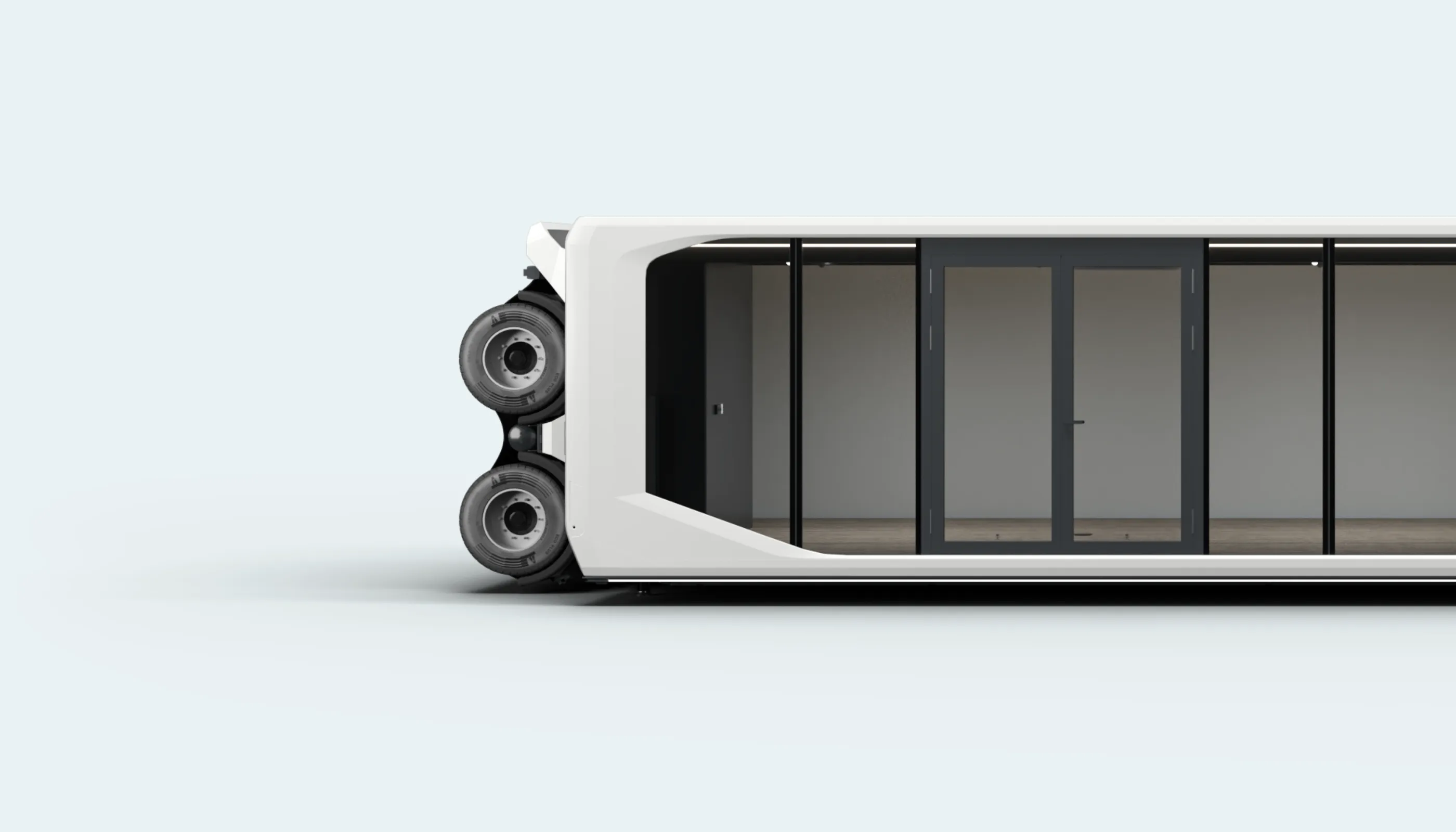You know what’s better than one trailer? Two trailers! Or three, or four, whatever floats your boat. At Expandable, we get that. This is why our products don’t just expand longitudinal but are also suitable for being connected with several at once. In this article, we can show you how to connect two (or more) trailers, and what you need in order to make it happen.
Why connect Expandable?
Let’s start by answering the first question you will probably have – why you would want to connect multiple Expandable when you can set them up side by side just the same? Sure, you have more space, but you also have more space when you put two trailers next to each other without a connection. So what gives?
Connecting Expandable creates a space you wouldn’t have otherwise. It’s like that famous calculation: 1 + 1 = 3. It allows you to do things that two separate units cannot achieve. Furthermore, two connected trailers feel more spacious together while also still allowing for smaller spaces to exist within those.
Two connected units offer your floor plan more freedom and help you create the perfect setup with ease. Today we take a look at how to connect Expandable in width.
Connecting
You can connect two trailers with their longitudinal sides. By inserting a floorboard and roof panel, you create one continuous space that still feels like the conjunction of two separate rooms. And you can do so in just four steps!
- Put them next to each other (between 90 and 140 centimeters), longitudinal sides perpendicular, and lower them
- Remove the side walls to create openings in both units
- Expand their sides and floors
- Use the connecting parts to secure the two Expandables together
Markets
The result is a space that feels connected, but can also offer some privacy if needed. The biggest difference with two separate trailers is that they remain connected. This means fewer doors opening and therefore less warm or cool air escaping, or getting wet when it rains. There are a lot of markets where connecting multiple Expandable can come in handy.
Differences and additional requirements
While you need a specific type of Expandable to be able to accommodate expansion in width, each separate unit is still equipped to be able to operate on its own. In other words, if you need two connected ones in the same location, you can; if you need two of them in different locations, that works too.
In conclusion
Expanding in width is only one piece of the puzzle that Expandable offers. Your options multiply exponentially when you take into account the fact that you can connect trailers! Just think of the possibilities.
We hope we have given you some food for thought; if nothing else, you now know you need not limit your thinking to just one trailer.








